Indigenous Knowledge in Modern Forest Management
- August 19, 2024
- 0 comment
Integrating Indigenous knowledge into modern forest management practices is essential for creating sustainable and culturally inclusive approaches to forest stewardship. Indigenous communities have lived in and managed forest ecosystems for generations, possessing a deep understanding of the natural world that is rooted in centuries of observation, experience, and spiritual connection to the land. This knowledge encompasses not only the ecological aspects of forests but also the cultural and social dimensions that are often overlooked in conventional forest management.

By incorporating Indigenous practices, such as controlled burns, seasonal harvesting, and the protection of sacred sites, modern forestry can benefit from a more holistic approach that enhances biodiversity, supports ecosystem resilience, and respects the rights and traditions of Indigenous peoples. Collaborative efforts that honor and integrate Indigenous knowledge alongside scientific methods offer a path forward for more equitable and effective forest management, ensuring that forests continue to thrive for future generations.
List of Indigenous Knowledge in Modern Forest Management
- The Value of Indigenous Knowledge in Forest Ecosystems
- Challenges in Integrating Indigenous Knowledge
- Successful Examples of Integration
- Strategies for Effective Integration
- The Future of Forest Management: A Collaborative Approach
The Value of Indigenous Knowledge in Forest Ecosystems

Indigenous knowledge represents a deep, holistic understanding of forest ecosystems, cultivated over centuries by Indigenous communities who have lived in close relationship with the land. This knowledge is not only a repository of practical skills and techniques but also a reflection of cultural and spiritual values that emphasize the interconnectedness of all life. Historically, Indigenous peoples have managed forests through practices that maintain ecological balance, such as controlled burns, which prevent catastrophic wildfires, and agroforestry, which enhances biodiversity while providing food and materials.
Sustainable harvesting methods, rooted in a respect for the natural world, ensure that forest resources are used in a way that does not deplete them for future generations. These practices have been shown to benefit forest ecosystems by promoting biodiversity, enhancing soil health, and increasing resilience to climate change. By valuing and integrating Indigenous knowledge, modern forest management can adopt a more holistic and sustainable approach that respects both the environment and the cultures that have long nurtured it.
Challenges in Integrating Indigenous Knowledge
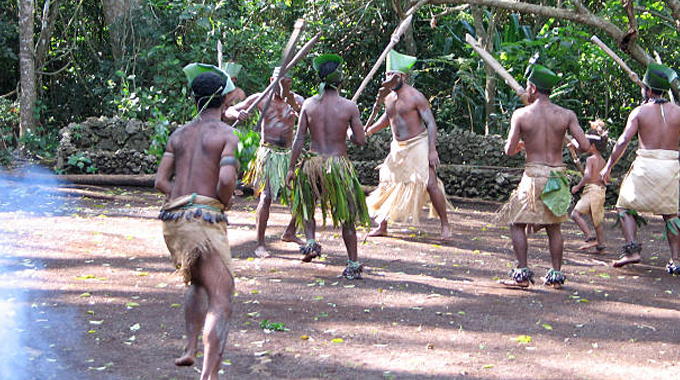
Despite the clear benefits, integrating Indigenous knowledge into modern forest management faces significant challenges. Institutional and cultural barriers often impede the inclusion of Indigenous perspectives in mainstream forestry practices. These barriers include a lack of recognition of Indigenous knowledge systems by scientific and governmental institutions, as well as a general underrepresentation of Indigenous voices in decision-making processes. Additionally, there is a gap between traditional Indigenous knowledge, which is often passed down orally and contextually, and modern scientific methods, which rely on standardized data collection and analysis.
This gap can create misunderstandings and mistrust between Indigenous communities and forestry professionals. Furthermore, there is a risk of knowledge appropriation, where Indigenous practices are adopted without proper acknowledgment or benefit to the communities from which they originate. Ethical considerations must be at the forefront of any effort to integrate Indigenous knowledge, ensuring that it is done with respect, reciprocity, and the consent of the Indigenous peoples involved.
Successful Examples of Integration
There are, however, successful examples of integrating Indigenous knowledge into forest management that can serve as models for future efforts. In various regions, collaborative projects have brought together Indigenous communities and forest management agencies to create more sustainable and culturally inclusive practices. For instance, in Australia, Indigenous-led fire management practices, known as “cultural burning,” have been integrated into national fire management strategies, significantly reducing the risk of catastrophic wildfires and promoting healthier ecosystems. In Canada, partnerships between Indigenous communities and forestry companies have led to co-management agreements that respect Indigenous land rights while enhancing forest stewardship.
These successful integrations demonstrate the value of collaboration and the importance of building trust and mutual respect. Lessons learned from these case studies include the need for ongoing communication, the importance of respecting Indigenous sovereignty, and the benefits of combining traditional knowledge with modern scientific approaches.
Strategies for Effective Integration
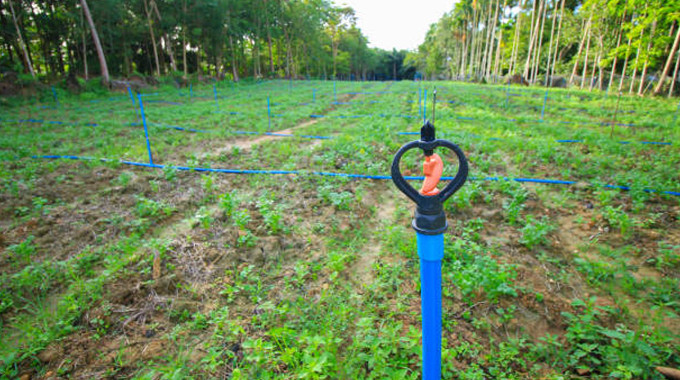
To effectively integrate Indigenous knowledge into modern forest management, several strategies can be implemented. Building partnerships with Indigenous communities is a foundational step, requiring a commitment to listening, learning, and working collaboratively. Incorporating Indigenous perspectives into policy-making and management plans is essential for ensuring that these voices are not only heard but also acted upon. Training and education for forest managers on Indigenous knowledge and practices can help bridge the gap between traditional and modern approaches, fostering a deeper understanding and appreciation for Indigenous contributions.
Additionally, legal frameworks must be established to protect Indigenous intellectual property rights, ensuring that knowledge is used ethically and that benefits flow back to the communities from which it originates. These strategies not only promote more sustainable forest management but also support the rights and well-being of Indigenous peoples.
The Future of Forest Management: A Collaborative Approach
The future of forest management lies in a collaborative approach that fully integrates Indigenous knowledge. The potential long-term benefits of this integration include more resilient and diverse ecosystems, improved responses to climate change, and more equitable management of natural resources. Indigenous knowledge has a critical role to play in combating climate change, with practices that can mitigate its impacts and enhance the adaptability of forest ecosystems. Encouraging ongoing dialogue and collaboration between Indigenous communities and forest management professionals is key to achieving these outcomes.
By working together, we can create a future where forests are managed in a way that honors both the environment and the cultures that have long been its stewards, ensuring that these vital ecosystems continue to thrive for generations to come.
Frequently Asked Questions (FAQs)
1. What is Indigenous knowledge in the context of forest management?
Indigenous knowledge refers to the traditional understanding and practices of Indigenous communities related to forest ecosystems. This knowledge is rooted in centuries of living in harmony with the land, and it includes techniques for sustainable resource management, biodiversity conservation, and ecosystem health, often passed down through generations.
2. Why is it important to integrate Indigenous knowledge into modern forest management?
Integrating Indigenous knowledge is essential for creating more sustainable, culturally inclusive, and effective forest management practices. Indigenous communities have developed methods that enhance biodiversity, resilience, and ecosystem health, which can complement and improve modern forestry techniques.
3. What are some examples of Indigenous forest management practices?
Examples include controlled burns (also known as cultural burning) to prevent large wildfires, agroforestry systems that promote biodiversity, and sustainable harvesting methods that ensure the long-term availability of forest resources. These practices have been shown to improve forest health and resilience.
4. What challenges exist in integrating Indigenous knowledge with modern forest management?
Challenges include institutional barriers, such as the lack of recognition of Indigenous knowledge systems, and cultural barriers, including differences in communication and understanding between Indigenous communities and scientific institutions. There is also a risk of knowledge appropriation, where Indigenous practices are used without proper acknowledgment or benefit to the originating communities.
5. How have Indigenous knowledge and modern forestry been successfully integrated?
There have been successful integrations in places like Australia, where Indigenous fire management practices have been incorporated into national strategies, and in Canada, where co-management agreements between Indigenous communities and forestry companies have led to more sustainable practices. These examples highlight the importance of collaboration and mutual respect.
6. What strategies can be used to integrate Indigenous knowledge into forest management effectively?
Effective strategies include building partnerships with Indigenous communities, incorporating Indigenous perspectives into policy-making, providing training for forest managers on Indigenous practices, and establishing legal protections for Indigenous intellectual property rights. These approaches ensure that integration is respectful and beneficial for all parties involved.
7. What are the long-term benefits of integrating Indigenous knowledge into forest management?
The long-term benefits include more resilient and diverse forest ecosystems, better adaptation to climate change, and more equitable resource management. Integrating Indigenous knowledge can lead to forest management practices that are both environmentally sustainable and culturally respectful.
8. How does Indigenous knowledge contribute to combating climate change?
Indigenous knowledge includes practices that enhance the adaptability of forests to changing climate conditions, such as maintaining biodiversity and promoting ecosystem resilience. These practices can mitigate the impacts of climate change and contribute to long-term sustainability.
9. How can forest management professionals learn more about Indigenous knowledge?
Forest management professionals can engage with Indigenous communities, participate in cultural training programs, and study successful case studies of Indigenous knowledge integration. It is also important to approach this learning with humility and a willingness to collaborate.
10. What role do Indigenous communities play in the future of forest management?
Indigenous communities play a crucial role as stewards of forest ecosystems, bringing valuable knowledge and practices to the table. As forest management moves towards more inclusive and sustainable approaches, Indigenous communities will continue to be key partners in ensuring the health and resilience of forests globally.

Gilbert Griffin
Forestry AuthorGilbert Griffin is a forest management expert specializing in sustainable practices, forest health, conservation, and land management. With extensive knowledge in pest control, disease management, and habitat restoration, Gilbert develops strategies to preserve forest ecosystems and biodiversity. Passionate about the natural world, Gilbert adapts to changes in forest management and stays updated through continuous learning. Gilbert also provides seasonal advice to optimize forest care throughout the year.

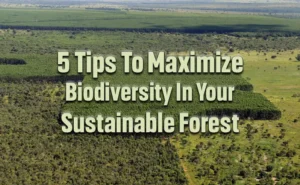

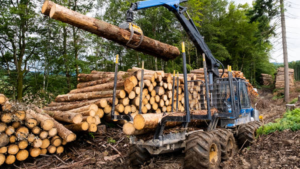

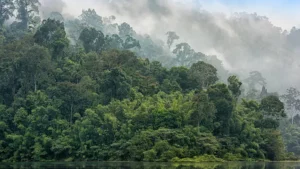

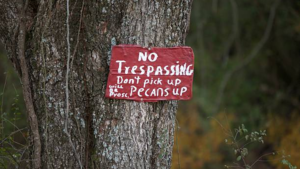


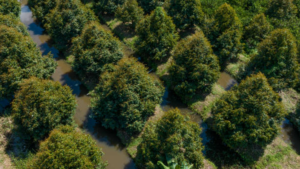
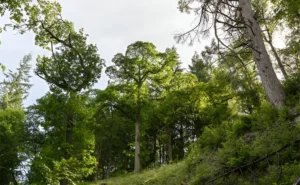

Leave your comment